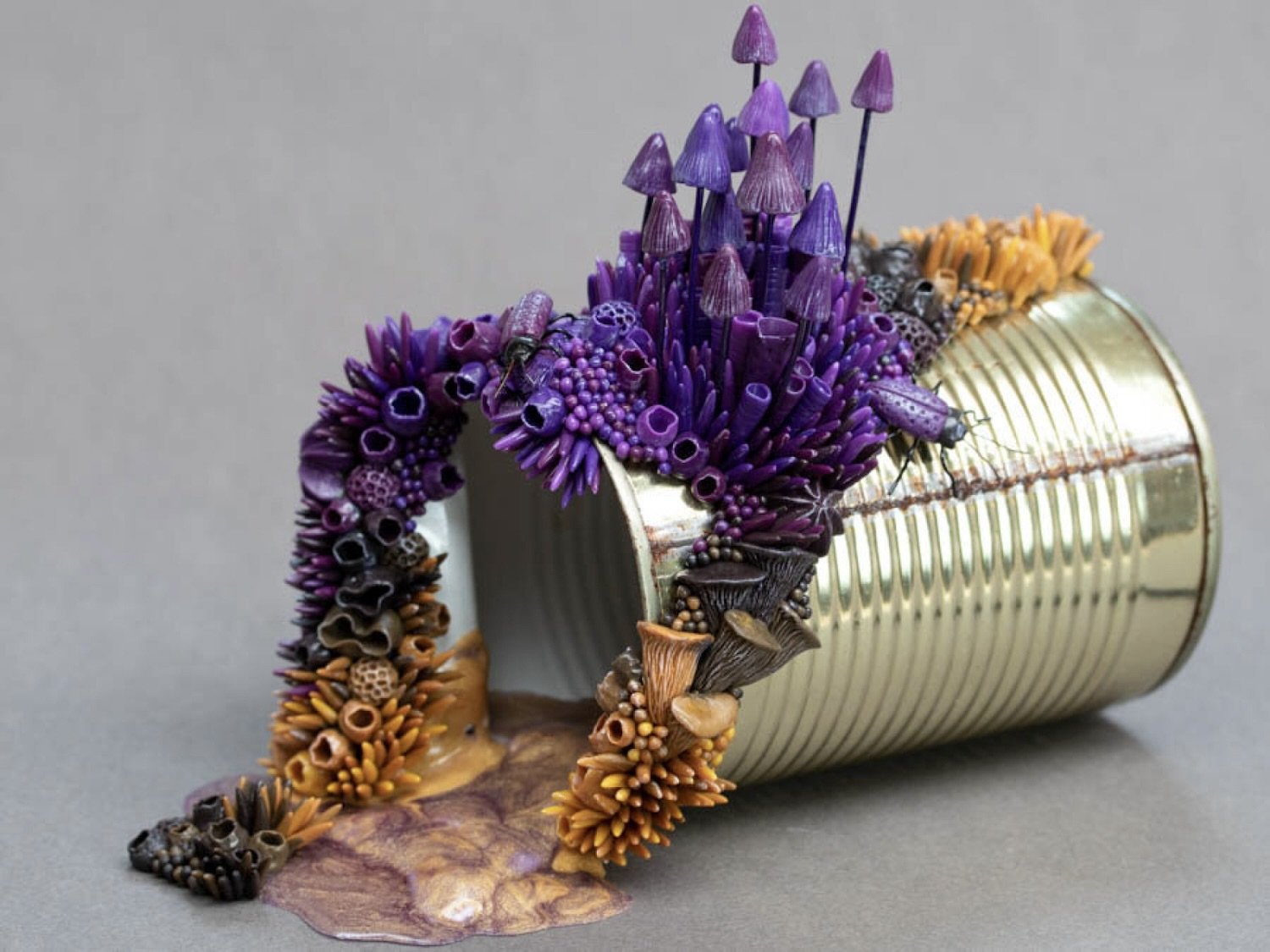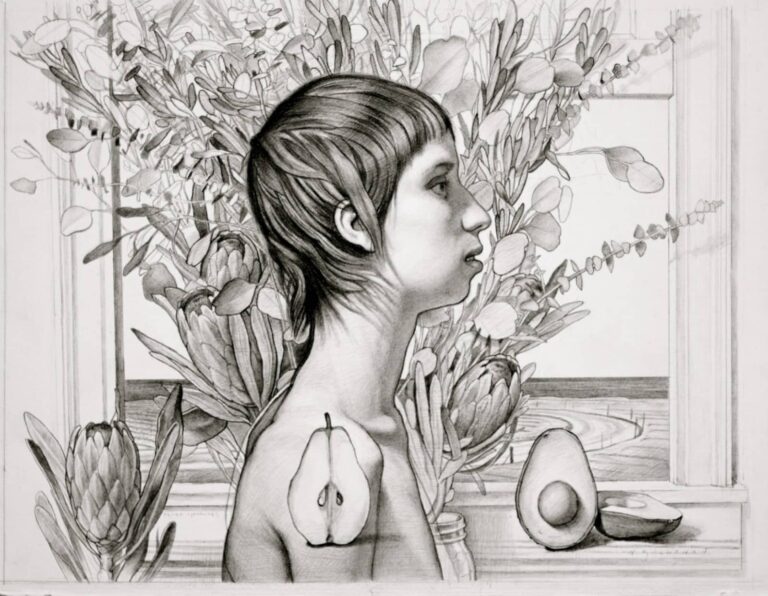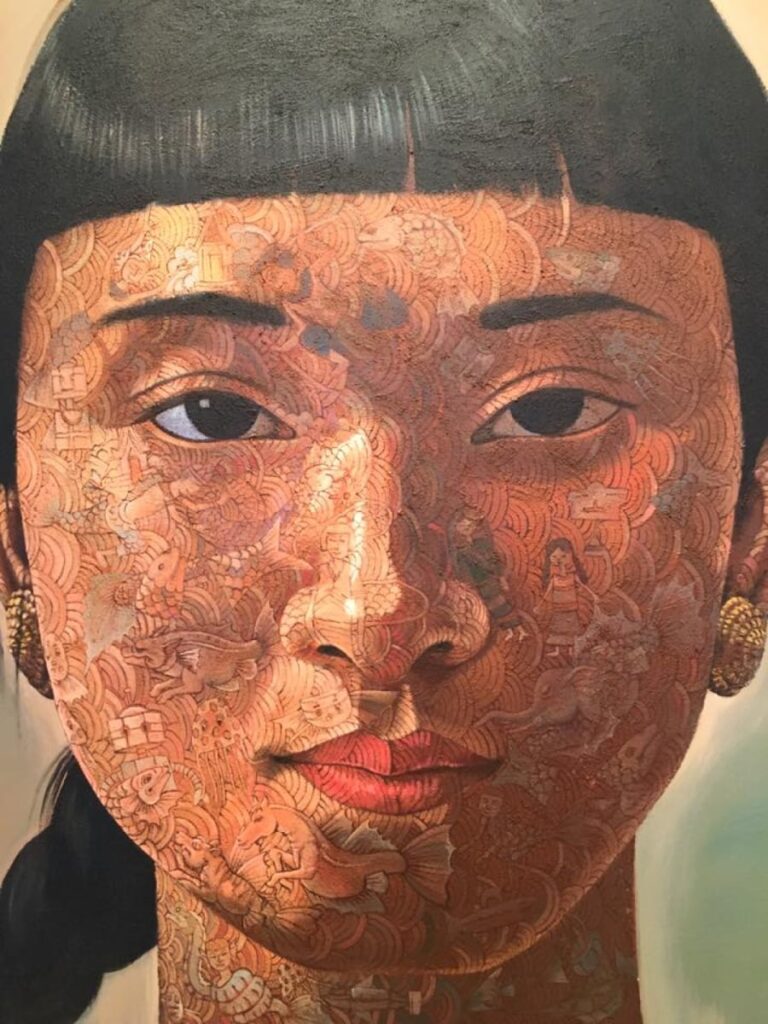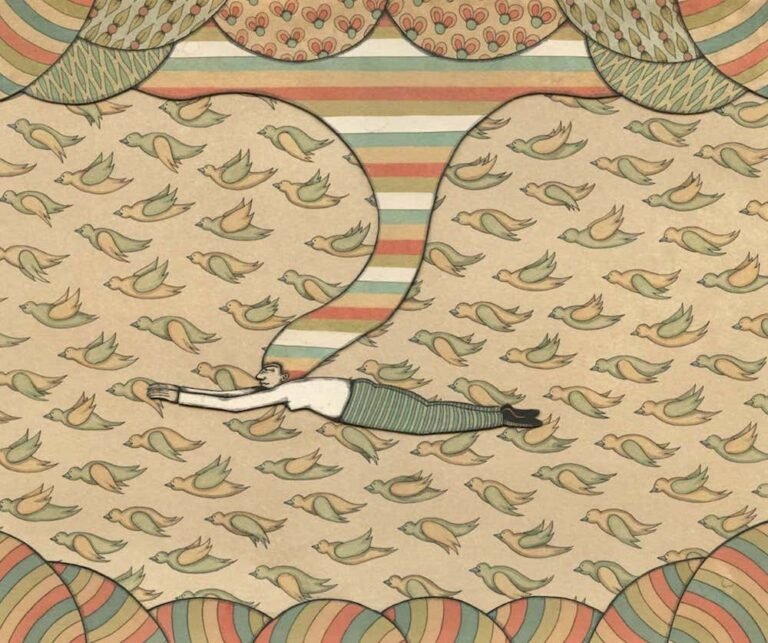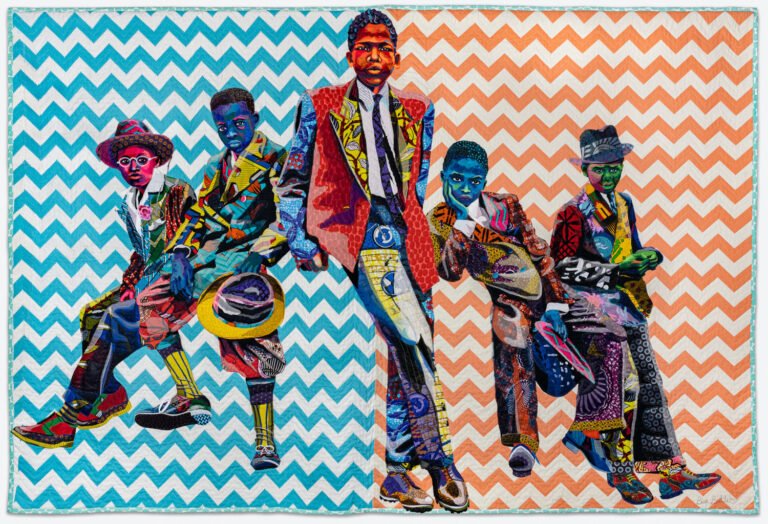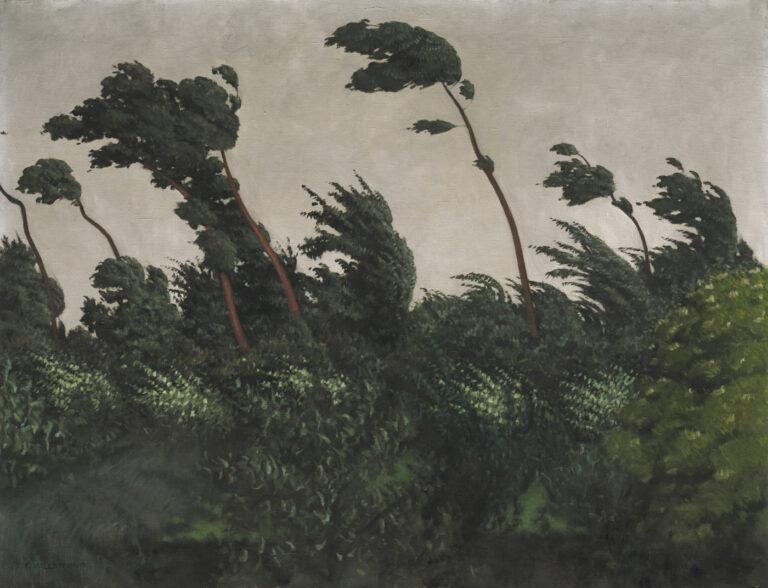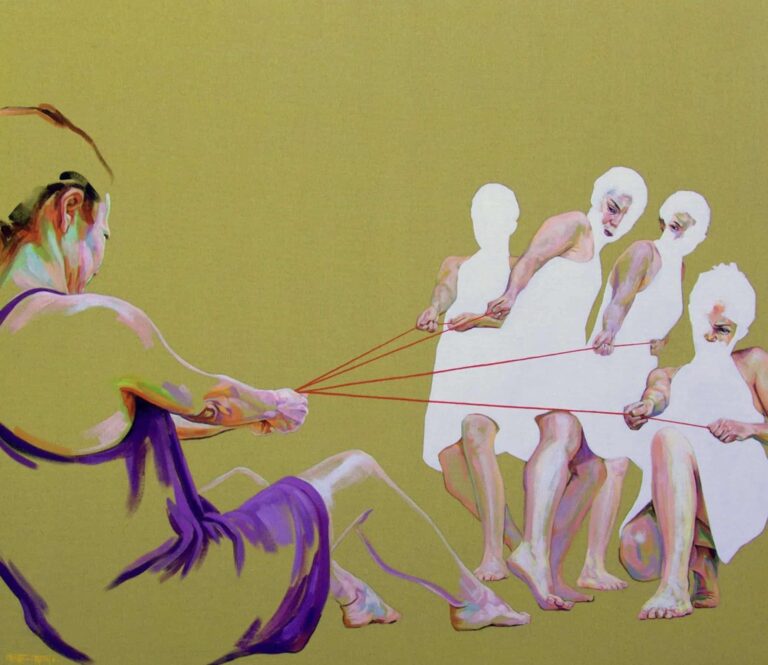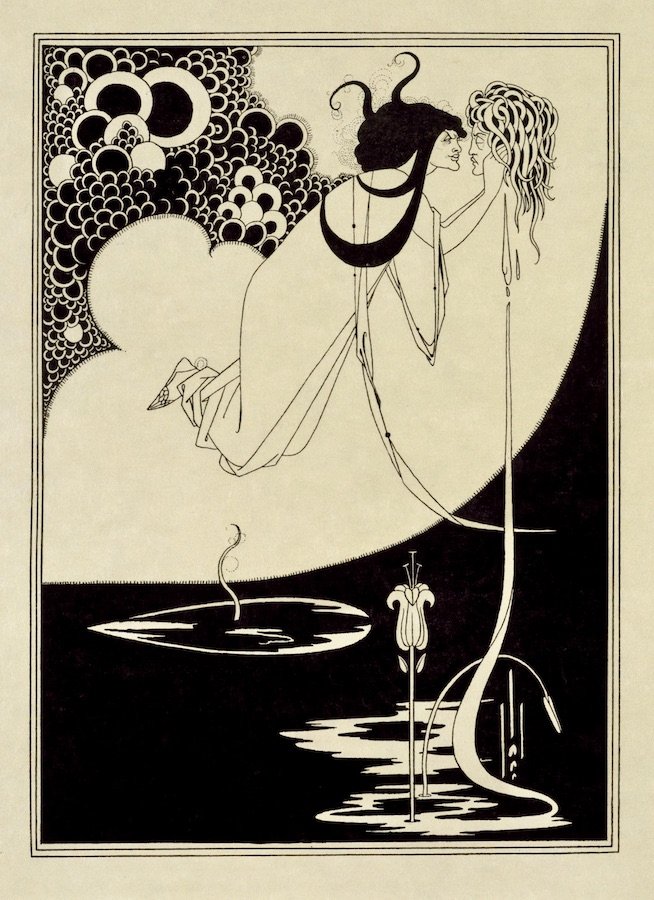Don’t throw that bottle away! Stéphanie Kilgast’s art transforms everyday discarded items into a microcosm of fluorescent toxicity. Her sculptures purposefully presenting the effects of humanities’ by-products on nature, through using materials such as plastic bottles and tin cans; from which miniature plants (beautiful and yet poisonous in appearance) grow, or with animals being forced to accept it as a part of their environment.
Kilgast collects her man-made items anywhere from bins to charity shops, giving them a new lease of life as a sculpture within her artwork – and in essence a comment also on recycling. Using these materials as her base, her polymer clay sculpts around its new habitat, forcing the artist’s “wildlife” to fit and adapt within it. But with the bright vibrancy of her paintwork, she also hopes to leave the viewers with the thought that things can change for the better.
A repeating image within Kilgast’s art is the use of fungi – showing it to appear from discarded items and toxic spills; Purple Fungus (2019) suggesting as such nature’s strength and ability to grow from the composting of human waste, whilst also an optimistic view of nature reclaiming its place back in the world to reach a balance with humanity.
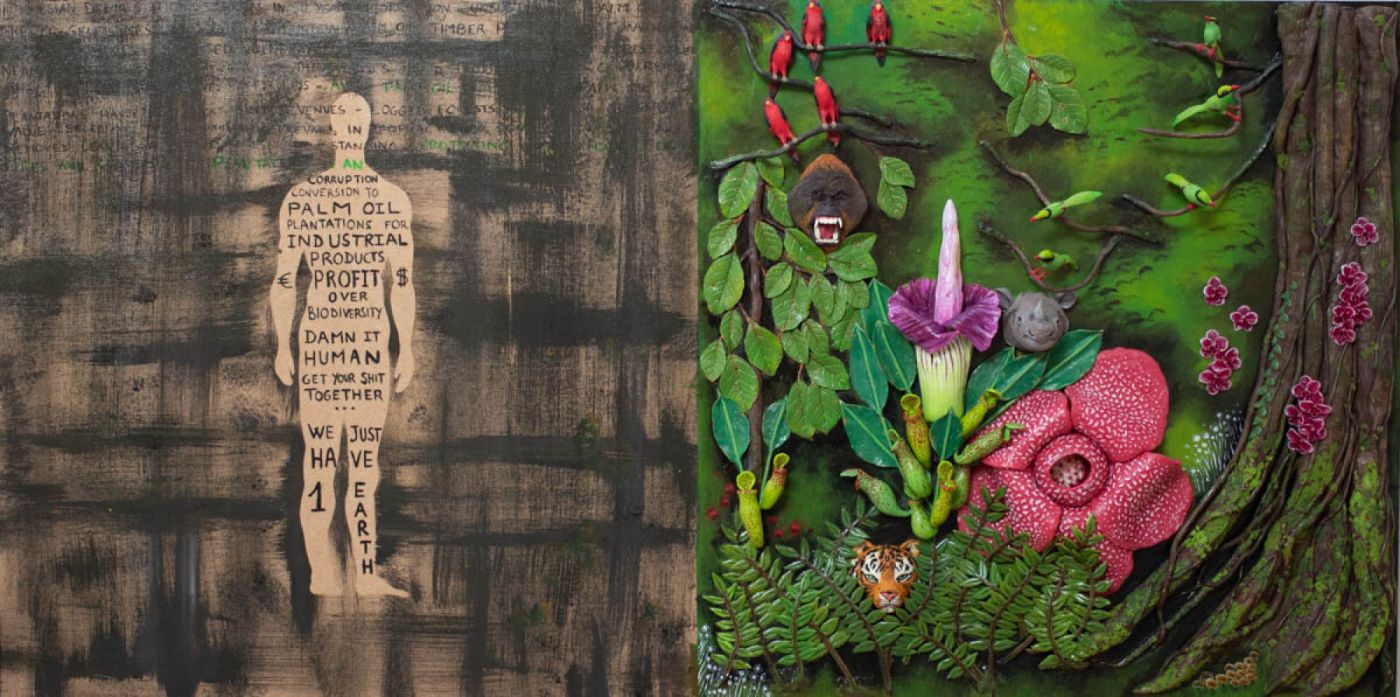 Indonesian Deforestation, 2016-17, Polymer Clay and Acrylics on Wooden Canvas. Stéphanie Kilgast.
Indonesian Deforestation, 2016-17, Polymer Clay and Acrylics on Wooden Canvas. Stéphanie Kilgast.
Kilgast is a talented sculptor, whose work on a miniature level never loses any of its realism or the message of humanity’s impact on biodiversity. From commenting on items we toss aside in the series; Discarded Objects, to our consumption of palm oil in affecting the habitat of forests; Indonesian Deforestation – where a separation of life is displayed. The human side of deforestation being barren, desolate and alone, while just on the other side is a thriving ecosystem full of colour. The message further highlighted by the poignant words of ‘WE JUST HAVE 1 EARTH,’ its text larger and bolder than any others, and written for direct emphasis across the human form.
Artificial colours abound in Kilgast’s art and lure the viewers at first to marvel at her work, to then also realising the underlying message of what’s at risk. However, the piece that really stands out in conveying Kilgast’s urgency is Valainistima (2015-18) – the fallen can’s oil spilling out into the habitat of the whale, its body trapped as tries to jump from it – leaving the question of can it escape?
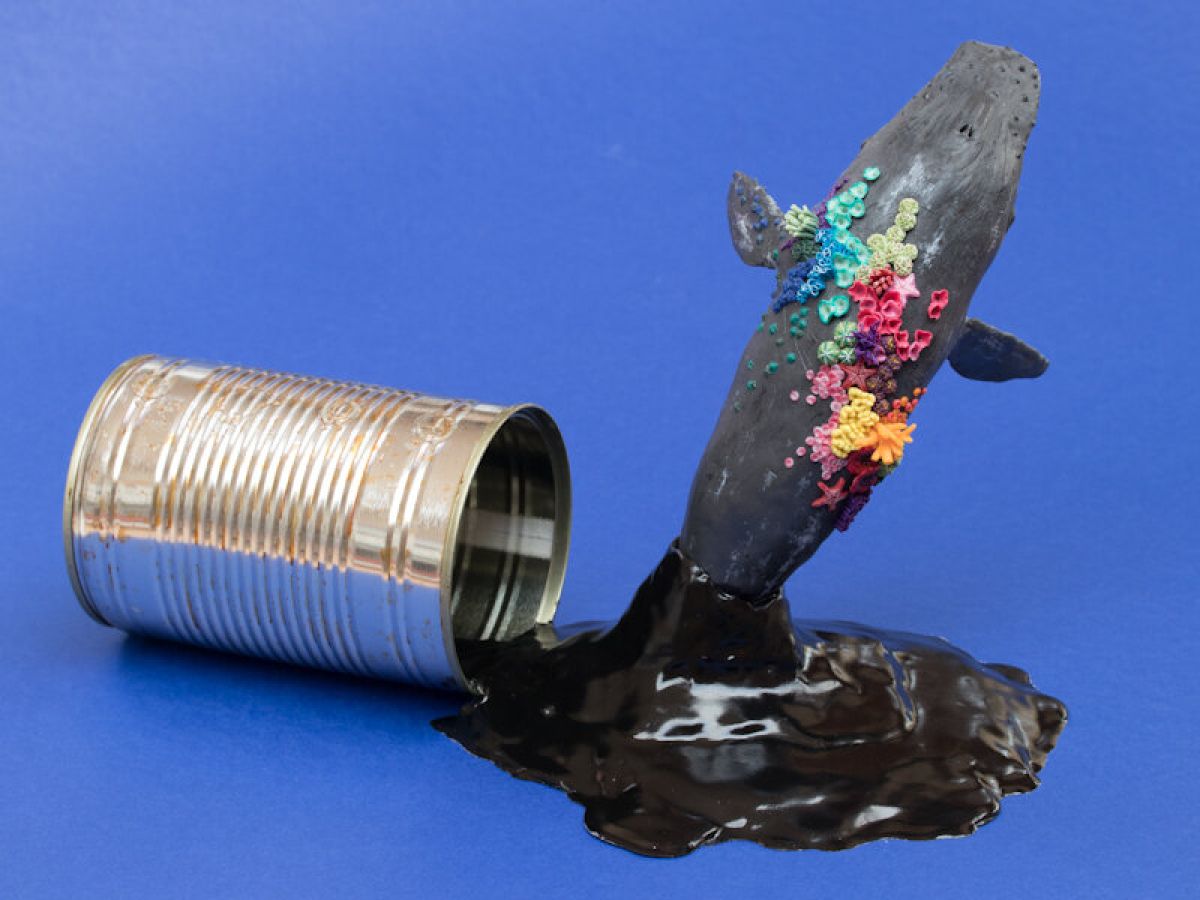 Valainistima 2.0, 2015-18, Mixed Media Sculpture on a Tin Can. Stéphanie Kilgast.
Valainistima 2.0, 2015-18, Mixed Media Sculpture on a Tin Can. Stéphanie Kilgast.
We’ve recently been in touch with Stéphanie Kilgast, who kindly answered our questions about her art process.
Your artwork carries such powerful messages of our damage to the environment, even within our daily lives; from items we toss aside, to the products we consume. What was the catalyst for you to investigate these issues within your art?
I realised the impact we had on the environment rather late, around 2014, specifically the environmental impact of meat production, which prompted me to reduce (and later stop) my intake of meat. That change of diet was the catalyst of many other considerations and changes in my daily habits and life choices, and it eventually had to find a way in my work.
The combination of fungus and trash was just organic creative research. Mushrooms are easy to sculpt and they grow fast, at the time I was struggling to grow as an artist and the mushroom was a good metaphor for that. Trash is always more or less around us, so at some point I just put my work on an empty glass jar, which opened up a world for me.
I tend to trust my subconscious with decisions, and have grown into the habit of following ideas without judging them before I actually make them.
With your education being in architecture, how have your brought this into your artwork and how did you first come to work in sculpturing?
I currently am working on a series of drawings where nature is taking over buildings seen in my town. I have an interest in cities and building and am fascinated by the environment humans are able to build. Generally speaking, we put so much energy (quite literally) into creating the objects that surround us, and that will likely outlive us, and I like to implement that idea in my work. A world where the only trace of humanity left, is in its objects.
With messages in your art about our damage to the environment, and the hope of us gaining a more balanced world, what action do you wish your viewers take from seeing your work?
I have a trio of « actions » in my short bio that goes;
« Let nature grow back – protect biodiversity – consume less »
I think it’s rather self-explanatory. Generally speaking, the easiest to start with is the « consume less », over-consumption (of meat, dairy, fashion, electronics, cars, …) – is the culprit of everything, so by simply being more intentional and mindful about what you consume, you can have quite an impact.
I find it sad to summarise human life to being a consumer, that’s why it’s the third action, the first two are about learning and caring for our environment. But consumption is just so natural to us that I feel it’s the easiest first step, that can open a questioning of the society we live in.
Also be kind to yourself, it’s easy to fall into a spiral of self-loathing for not doing enough, I have been there and it’s not productive. Rather than focusing on the things you find difficult to change, focus on those you can easily change. Nobody is perfect and you shouldn’t carry the world’s issues on your shoulders, change small things, one step after the other and see where it leads you.

